Author: Ken Christopher | 20 min read | Apr 30, 2021
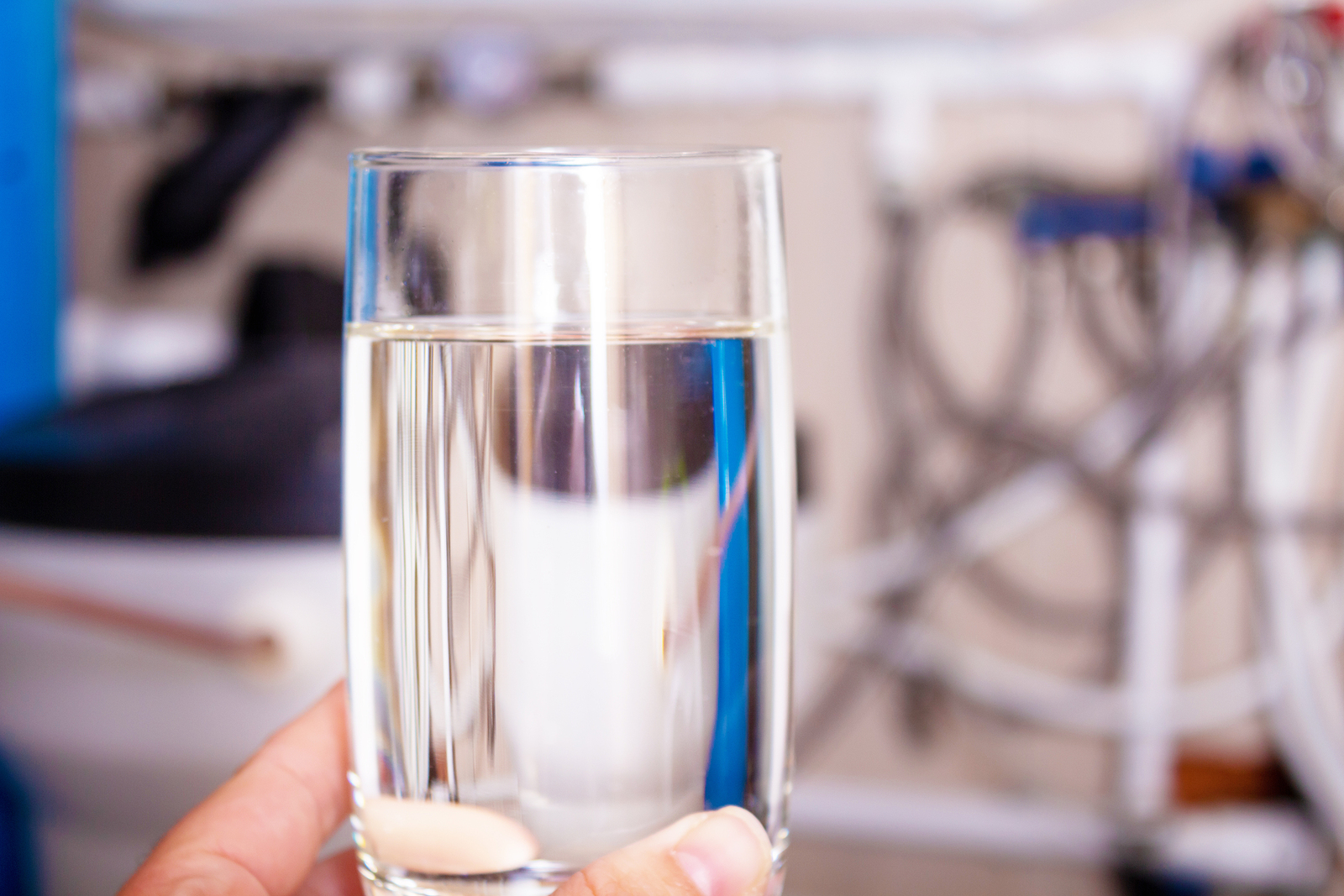
You finally solved your hard water problems. Soap lathers better, your dishes are spotless, and your hair feels smoother. But behind those everyday wins, your water softener is doing some heavy lifting, and every so often, it needs a reset.
That reset is called regeneration. It’s how the system flushes out mineral buildup and recharges itself to keep working properly. If you’re asking, how long does water softener regeneration take? Or wondering about water softener regeneration time in general, you’re not alone. Most systems take about 60 to 90 minutes and regenerate every few days, but the exact schedule depends on your water usage and how hard your water is.
Let Rayne Water walk you through what affects regeneration time, how often it should happen, and what you can do to keep your system running at its best.
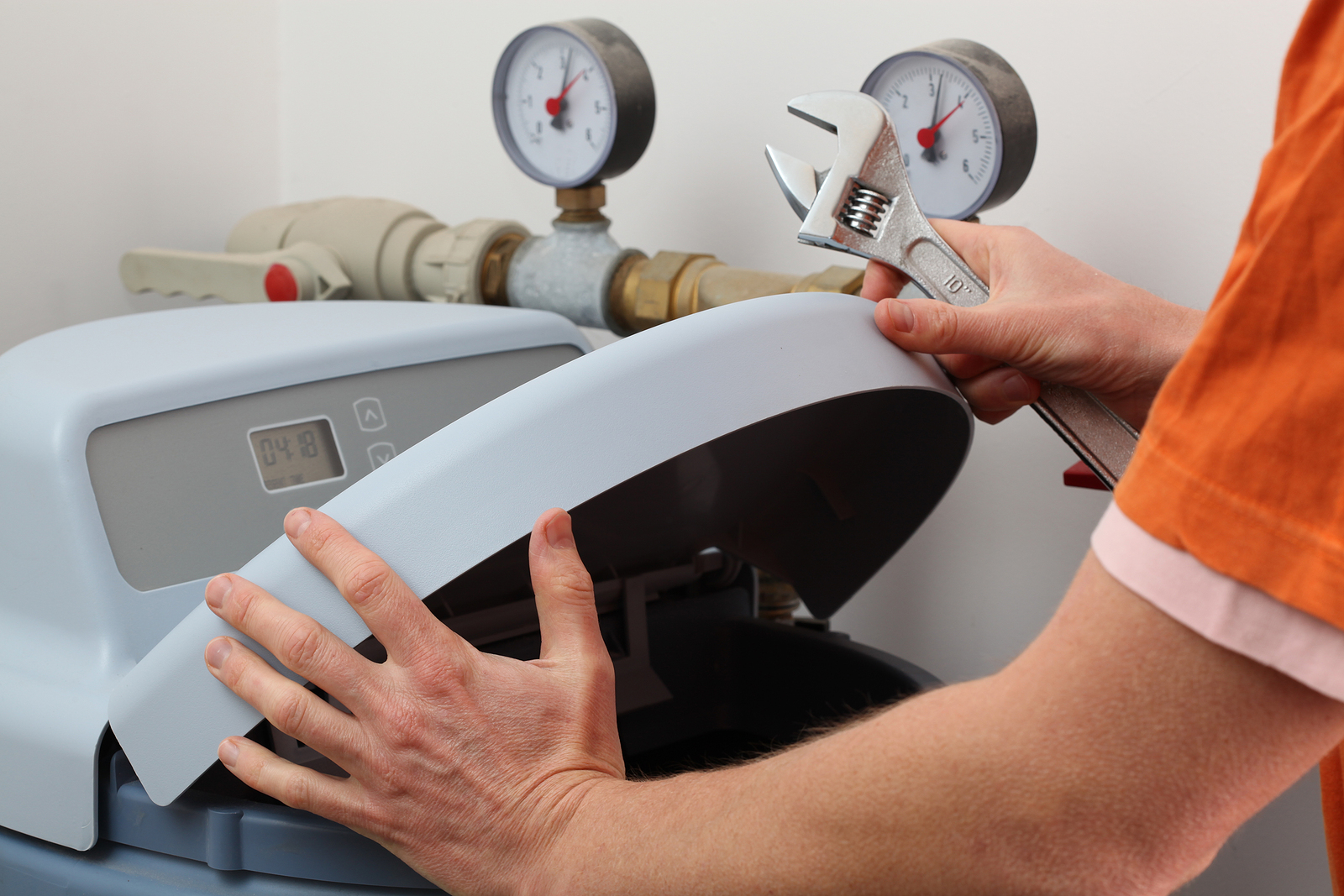
Hard water is filled with minerals like calcium and magnesium, picked up as water travels through rock and soil. The more minerals, the harder your water. This can leave deposits, dull your laundry, and even clog pipes.
Water softeners solve this with a science-backed process called ion exchange. Inside the tank are resin beads, tiny spheres loaded with negative charges. When hard water flows over these beads, the minerals in your water (calcium and magnesium ions) are drawn in and swapped for sodium ions.
Think of the resin beads as magnets, pulling minerals out of your water and leaving it soft, gentle, and easier on your appliances.
The result is cleaner dishes, softer hair, and less buildup everywhere water flows.
Over time, resin beads get saturated with the hardness minerals they collect.
That is where regeneration comes in. Regeneration is the cleaning cycle that restores the softener’s ability to remove minerals.
During this process, a saltwater solution flushes through the tank, washing away trapped calcium and magnesium and recharging the resin beads with fresh sodium ions. This resets the system so your water softener can keep delivering soft water to your home.
Water softener regeneration time is not one-size-fits-all; it depends on your family’s habits and your home’s water needs. For most families, the softener will regenerate every 2 to 3 days. That means every couple of nights, your system runs a cleaning cycle to flush out minerals and recharge the resin beads.
If your household uses more water than average, such as with long showers, frequent laundry, or a big family, the softener may need to regenerate daily to keep up with demand. On the other hand, if you live alone or your water use is light, regeneration might only be required once a week.
These cycles matter. Regenerating too often can waste salt and water, while waiting too long can reduce the system’s ability to keep water soft. The right balance is key for efficiency and cost savings.
Two Types of Systems:
Several factors determine how often your water softener needs to regenerate:
Let’s look at an example for a typical family of four:
Change the numbers, and you change the answer.
| Step | Sample Value | Example Calculation |
| Water Hardness | 25 grains per gallon | – |
| Water Used per Day | 300 gallons (family of 4) | – |
| Softener Capacity | 30,000 grains | – |
| Gallons per Cycle | – | 30,000 / 25 = 1,200 gallons |
| Days Between Cycles | – | 1,200 / 300 = 4 days |
So, how long does it take a water softener to regenerate? A typical water softener regeneration takes about 60 to 90 minutes from start to finish. The exact time depends on your softener’s model, settings, and the amount of resin inside the tank.
Each stage (backwash, brining, rinsing, and refill) works in sequence to flush out minerals and recharge the resin beads. Altogether, the cycle restores your system so it can keep removing hardness from your water.
Most households will not even notice when regeneration runs, especially if it is scheduled for overnight hours.
For almost every home, expect your water softener regeneration time to be just over an hour.
| Stage | What Happens | Average Duration |
| Backwash | Water flows in reverse, flushing out sediment and debris | 10-15 minutes |
| Brining | Salt solution (brine) flows through the resin to remove minerals | 30-40 minutes |
| Rinse | Fresh water rinses out the remaining brine and minerals | 10-15 minutes |
| Refill | The brine tank refills with water for the next cycle | 5-10 minutes |
Most systems will complete the whole process in about 1 to 1.5 hours. Some high-efficiency or larger-capacity softeners might take a little longer, but for most homes, 60–90 minutes is the norm.
The timing is designed to clean every resin bead, making sure your water stays reliably soft.
Is it okay to skip a regeneration cycle? Occasionally, yes. Missing a single cycle is not likely to harm your system, especially if your water use is light. However, regularly skipping cycles can allow minerals to build up, making your water less soft and eventually stressing the system.
Most modern water softeners let you schedule regeneration for off-hours, like overnight or early morning.
This way, you won’t notice any change in water pressure or availability during the day. On-demand systems will automatically wait for a lull in water use, so the cycle does not disrupt your routine.
If you need to interrupt regeneration for any reason, check your manufacturer’s instructions first. Pausing or skipping cycles should be done sparingly to keep your softener running efficiently.
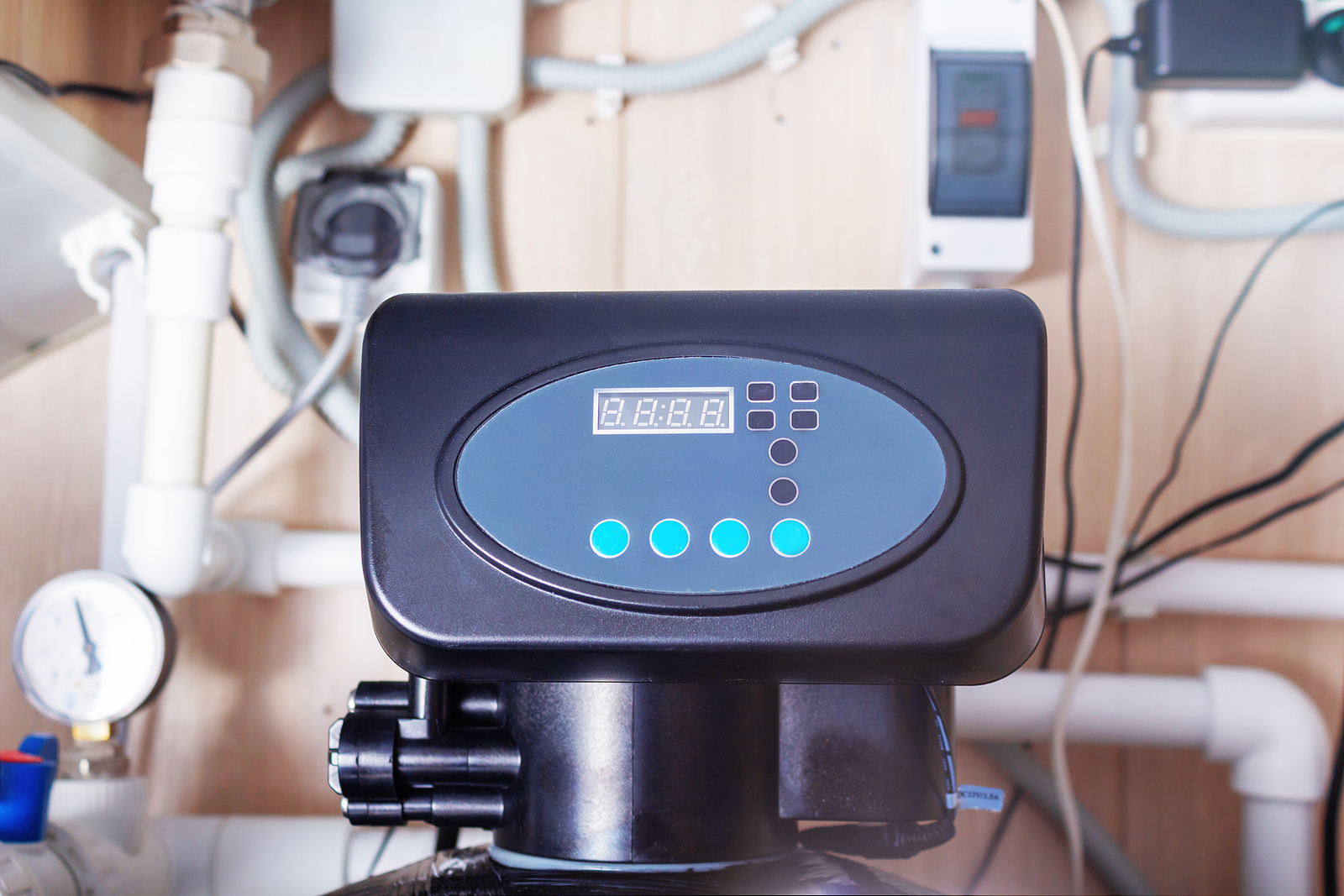
Setting your water softener to regenerate too often has real drawbacks. Each cycle uses water and salt, so frequent regeneration can drive up utility bills and waste resources. You will spend more on salt, and your system will use more water than necessary.
On the other hand, not regenerating enough can lead to hard water in your pipes. That means scale on fixtures, spots on dishes, and wear and tear on appliances.
Soap will not lather well, laundry may feel stiff, and your water heater or dishwasher could wear out faster. If regeneration is delayed for too long, the resin may not keep up, leading to poor system performance and possible repairs.
The best approach is to calibrate your softener to match your water use and hardness.
Monitoring your system and adjusting the settings helps you avoid waste while keeping your water softener efficient. Proper calibration means you will save money, protect your appliances, and enjoy reliably soft water every day.
A lot of myths surround how water softeners regenerate. Let’s clear up the confusion:
It is easy to misunderstand how water softener regeneration time and cycles work. The best systems adapt to your routine, saving you effort and keeping your water reliably soft.
Water softeners can be set to regenerate in different ways. Your choice affects maintenance, water quality, and cost.
Some systems let you start a regeneration cycle by hand. This approach has advantages, especially for specific needs.
Pros:
Cons:
Manual regeneration is best for homes with unique water issues or irregular water use, such as rural properties with private wells.
Automatic systems handle regeneration for you. These can be set to run on a schedule or activate as needed.
Timed systems:
On-demand or smart-metered systems:
For most families, on-demand water softeners offer the best mix of convenience and savings. You get reliably soft water without extra effort or wasted resources.

Many homeowners do not realize how much water they actually use each day. It can be surprising, some families use 500 gallons or more in a single day without even noticing. Completing a household water audit helps you understand your true usage and ensures your water softener is set up for success.
The simplest way to track your water use is through your utility bill or water meter.
If you want a more hands-on approach, you can estimate water use fixture by fixture. This method gives you a deeper look at where your water is really going.
Understanding your daily water consumption is more than just an interesting number. It helps you:
With an accurate water audit, you can confidently adjust your water softener for the best performance, without any need for guesswork.
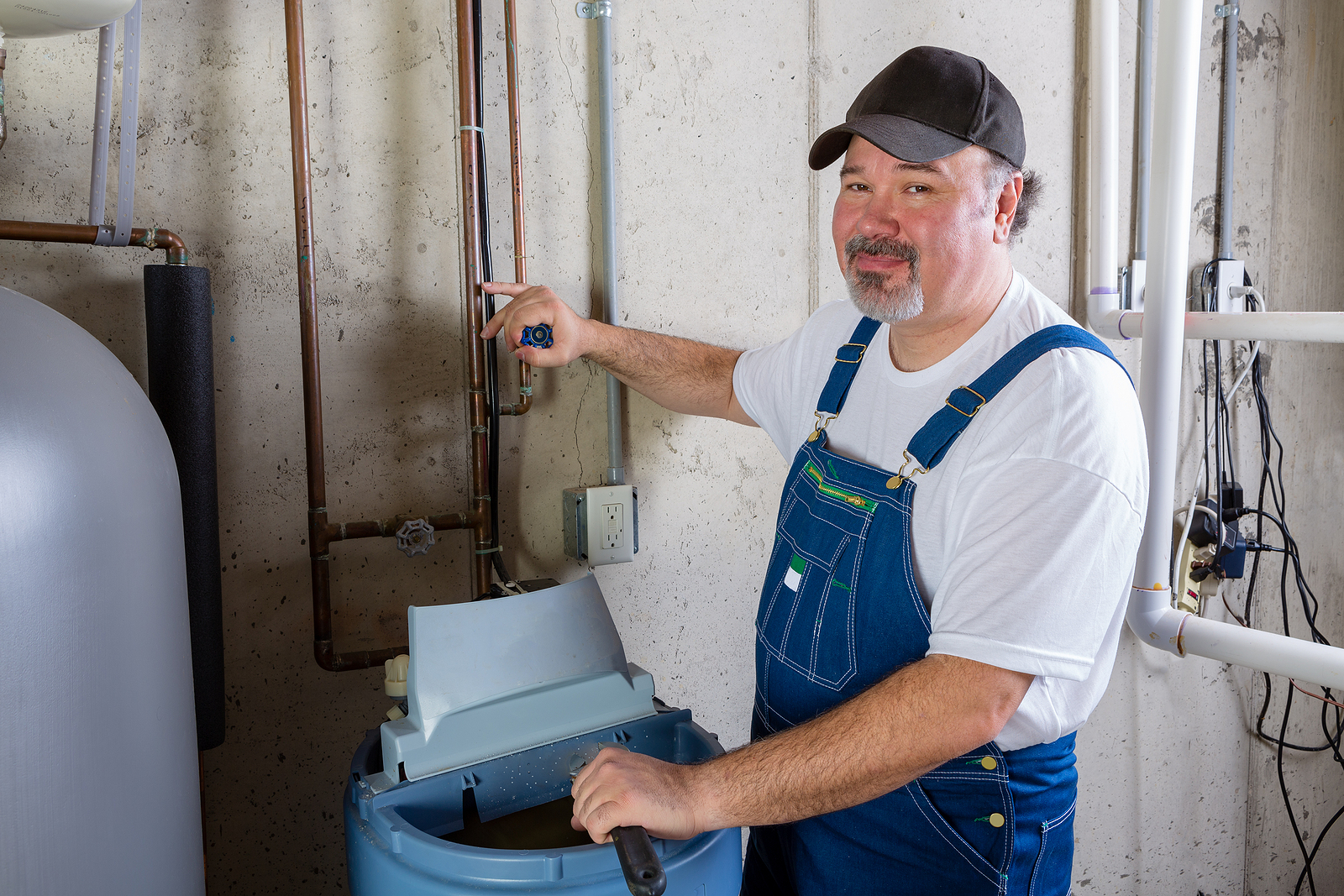
After installing a water softener, it is important to make sure it is working as expected. If your system is not regenerating properly, you may notice some changes around your home. Paying attention to these signs helps you catch issues early and keeps your water softener delivering the benefits you expect.
One of the first clues is a loss of soft water quality. If you start seeing hard water stains on faucets and glassware, soap scum building up in sinks or showers, or your skin and hair feel drier after washing, your softener may not be regenerating as it should. Laundry might feel stiff or scratchy, and your dishes may not come out as clean as usual.
Another common signal is a noticeable drop in water pressure or strange noises from your system. If your water flow weakens or you hear the softener working more often than usual, these may be signs of a mechanical problem or a regeneration cycle that is not completing. In some cases, error messages or warning lights will show up on the unit itself.
Cheap or poorly maintained softeners are more likely to experience these problems. That is why it is important to invest in a quality water softener from a trusted provider like Rayne Water, and to keep up with regular maintenance.
Want your water softener to run efficiently and deliver soft water consistently? Use these simple tips to keep your regeneration cycles on track:
Regular attention to these steps helps you get the most out of every regeneration cycle, reduce wear, and keep your water softener running efficiently for years.
Get the most from your water softener with expert help from Rayne Water. Their team guides you through installation, setup, and water audits, making sure your system is perfectly matched to your home’s needs.
If you ever have questions or need adjustments, Rayne’s specialists are ready to help. Check out our service locations and product options to get started.
Trust Rayne for soft water solutions and support you can count on.
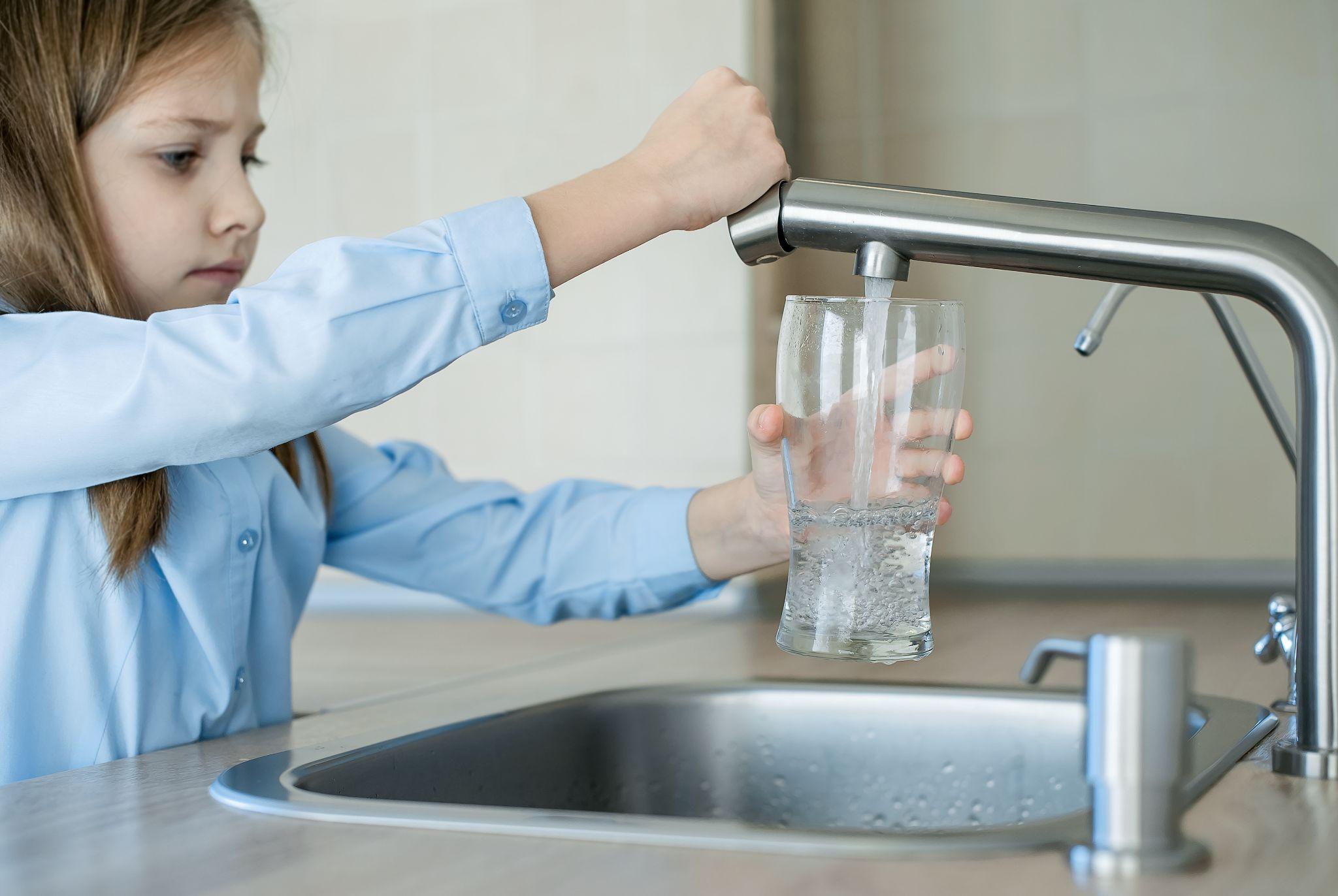
Regeneration is the key to keeping your water softener effective. The right frequency depends on your home’s water usage and hardness level. Understanding your water softener regeneration time ensures you always enjoy the benefits of soft water, without wasting salt or energy.
If you’re still unsure about water softener regeneration time or how often your system should regenerate, it often comes down to your household size, water usage, and the hardness level in your area. For personalized advice, it’s a good idea to consult a professional who can evaluate your setup and help you get the most out of your system.
Have a question or need support? Reach out to Rayne Water for guidance you can trust.
1. How often should my water softener regenerate?
Water softener regeneration time depends on your home’s water hardness and daily water usage. Most households see regeneration every 2 to 3 days, but high-usage homes might need daily cycles, while lower-use homes may only need regeneration once a week.
2. How long does water softener regeneration take from start to finish?
A complete regeneration cycle typically takes between 60 and 90 minutes. This includes all stages: backwash, brining, rinsing, and refilling the brine tank. For most systems, you can expect your water softener to regenerate in just over an hour.
3. Can I change the water softener regeneration time or schedule?
Many systems allow you to adjust the regeneration settings. You can set the system to regenerate overnight or during low-usage hours. On-demand or metered softeners automatically schedule regeneration based on actual water use, while timed systems follow a set schedule.
4. What happens if my water softener does not regenerate enough?
If regeneration is skipped too often, hard water minerals will build up in your plumbing and appliances. You may notice hard water stains, soap scum, or reduced water pressure. Keeping the right regeneration time helps your softener work efficiently and protects your home.
5. How do I know how long it takes a water softener to regenerate in my system?
Consult your owner’s manual or system display for the exact cycle length. Most modern softeners provide a cycle breakdown, but 60 to 90 minutes is typical for most models. If you are unsure, contact your water softener provider, like Rayne Water, for specific guidance.

